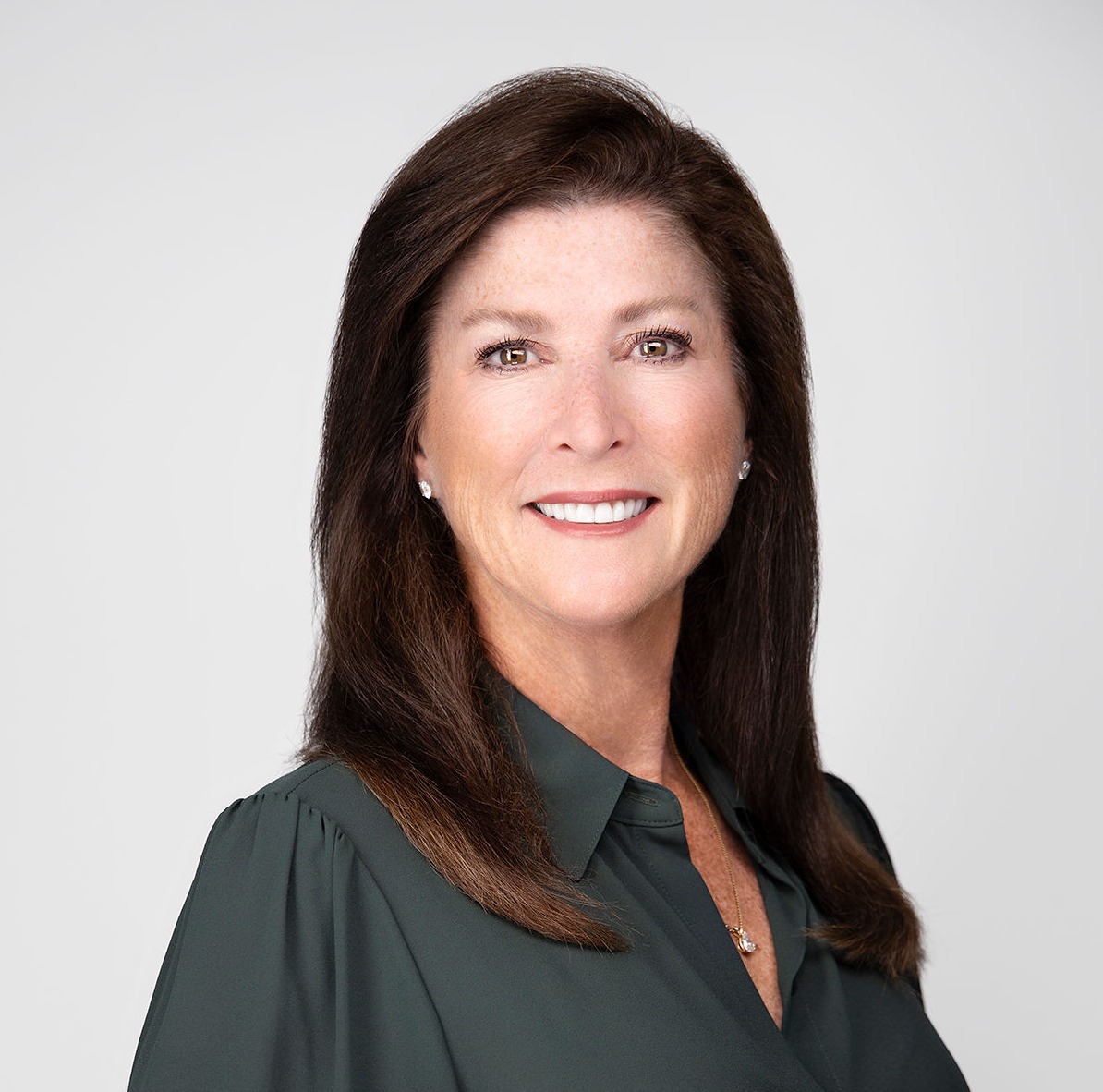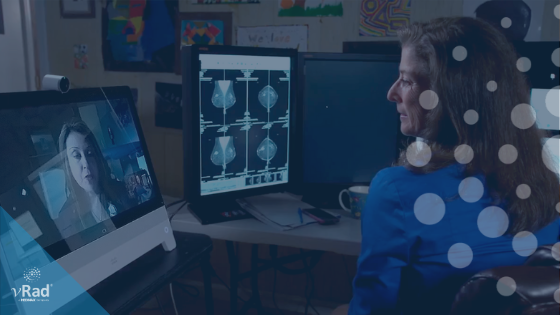Bringing Subspecialist Breast Imaging Back to a Rural Community: A Big Win With Telemammography
A Community at Risk As the Director of Radiology at Hocking Valley Community Hospital, I have seen firsthand the challenges of providing specialized...

Remote radiologist jobs with flexible schedules, equitable pay, and the most advanced reading platform. Discover teleradiology at vRad.

Radiologist well-being matters. Explore how vRad takes action to prevent burnout with expert-led, confidential support through our partnership with VITAL WorkLife. Helping radiologists thrive.

Visit the vRad Blog for radiologist experiences at vRad, career resources, and more.

vRad provides radiology residents and fellows free radiology education resources for ABR boards, noon lectures, and CME.

Teleradiology services leader since 2001. See how vRad AI is helping deliver faster, higher-quality care for 50,000+ critical patients each year.

Subspecialist care for the women in your community. 48-hour screenings. 1-hour diagnostics. Comprehensive compliance and inspection support.

vRad’s stroke protocol auto-assigns stroke cases to the top of all available radiologists’ worklists, with requirements to be read next.

vRad’s unique teleradiology workflow for trauma studies delivers consistently fast turnaround times—even during periods of high volume.

vRad’s Operations Center is the central hub that ensures imaging studies and communications are handled efficiently and swiftly.

vRad is delivering faster radiology turnaround times for 40,000+ critical patients annually, using four unique strategies, including AI.
.jpg?width=1024&height=576&name=vRad-High-Quality-Patient-Care-1024x576%20(1).jpg)
vRad is developing and using AI to improve radiology quality assurance and reduce medical malpractice risk.

Now you can power your practice with the same fully integrated technology and support ecosystem we use. The vRad Platform.

Since developing and launching our first model in 2015, vRad has been at the forefront of AI in radiology.

Since 2010, vRad Radiology Education has provided high-quality radiology CME. Open to all radiologists, these 15-minute online modules are a convenient way to stay up to date on practical radiology topics.

Join vRad’s annual spring CME conference featuring top speakers and practical radiology topics.

vRad provides radiology residents and fellows free radiology education resources for ABR boards, noon lectures, and CME.

Academically oriented radiologists love practicing at vRad too. Check out the research published by vRad radiologists and team members.

Learn how vRad revolutionized radiology and has been at the forefront of innovation since 2001.

%20(2).jpg?width=1008&height=755&name=Copy%20of%20Mega%20Nav%20Images%202025%20(1008%20x%20755%20px)%20(2).jpg)

Visit the vRad blog for radiologist experiences at vRad, career resources, and more.


Explore our practice’s reading platform, breast imaging program, AI, and more. Plus, hear from vRad radiologists about what it’s like to practice at vRad.

Ready to be part of something meaningful? Explore team member careers at vRad.
2 min read
 Arlene Sussman, MD
:
October 17, 2019
Arlene Sussman, MD
:
October 17, 2019

I love to watch the colors change in October, when pink is in full display during Breast Cancer Awareness month. With each hot-pink scarf, T-shirt and pair of football cleats I see, I’m reminded of the vital role radiologists have played – and continue to play – in combatting this disease.
The American Cancer Society reports early detection and treatment has resulted in an estimated 348,800 fewer breast cancer deaths between 1990 and 2016 than would have been expected if the death rate had remained at its 1989 peak of 33.2 per 100,000. Consistent declines dropped the rate to 20.0 per 100,000 by 2016.
However, the decades-long decline in the breast cancer death rate has begun to slow in recent years, while incidence rates are inching up. We must continue to make breast imaging a priority.
It begins with you
65% of women over 40 had a mammogram within the last year. That’s good news, but not perfect news. Early detection decreases breast cancer mortality by up to 40%. But early detection will not reach its full life-saving potential until every woman embraces annual screenings.
All women should be evaluated for breast cancer risk no later than age 30, so that those at higher risk can be identified and can benefit from supplemental screening. However, 75% of women diagnosed with breast cancer have no special identifiable risk factors; screening only women with risk factors will miss the vast majority of women who will develop breast cancer.
The American Cancer Society, the American Society of Breast Disease, the American College of Radiology and the Society of Breast Imaging agree that starting annual mammography at age 40 saves the most lives.
If, dear reader, you have breasts and have not been screened within the last year, stop reading and contact your physician to discuss your risk and schedule a screening. Now. Please.
For all readers, please share these guidelines with women you care about. You will be helping ensure they remain in your life for years to come.
Mammograms are ordered or provided in over 17 million physician office visits each year (Source: 2016 National Ambulatory Medical Care Survey). These studies are critical to identifying an estimated 268,600 new female – and 2,670 male – breast cancer cases annually. If the guidelines above are followed, these numbers will increase substantially.
Whether an imaging generalist or a breast specialist, it’s important for radiologists to stay current on breast screening techniques and technologies. Patients benefit when we make breast imaging an ongoing component of our CME plans.
MEDNAX Radiology Education offers a number of free, accredited online CME courses on a wide range of specialties. You can access pre-recorded sessions whenever fits your schedule, including these three on breast imaging:
Breast Imaging Update: Well Circumscribed Lesions of the Breast. Presented by your humble author, this course will help you understand how to use imaging tools to detect and diagnose well circumscribed lesions.
Breast MRI: Clinical Uses and Case Studies. Also presented by me, you’ll gain understanding of clinical uses of breast MRI, and identify and interpret common findings.
Hot Topics in Breast Imaging. Featuring Kate Lampen-Sachar, MD, this course reviews: newer methods for localization; abbreviated protocol MRI; benefits of contrast enhanced mammography; and algorithms for screening of high-risk patients.
I’m proud to be among the army of radiologists, physicians and technicians making consistent advances in the battle against breast cancer. We are winning. With continued diligence, we can further diminish the threat of this disease.
Back to Blog

A Community at Risk As the Director of Radiology at Hocking Valley Community Hospital, I have seen firsthand the challenges of providing specialized...

At the foundation of everything we do at vRad is the goal of helping our clients provide the highest level of patient care regardless of the time and...
.png)
Originally published by Theresa A. Cavins, MD, FACS on Radiology Business As the chief of surgery specializing in breast care, I’ve seen firsthand...
vRad (Virtual Radiologic) is a national radiology practice combining clinical excellence with cutting-edge technology development. Each year, we bring exceptional radiology care to millions of patients and empower healthcare providers with technology-driven solutions.
Non-Clinical Inquiries (Total Free):
800.737.0610
Outside U.S.:
011.1.952.595.1111
3600 Minnesota Drive, Suite 800
Edina, MN 55435